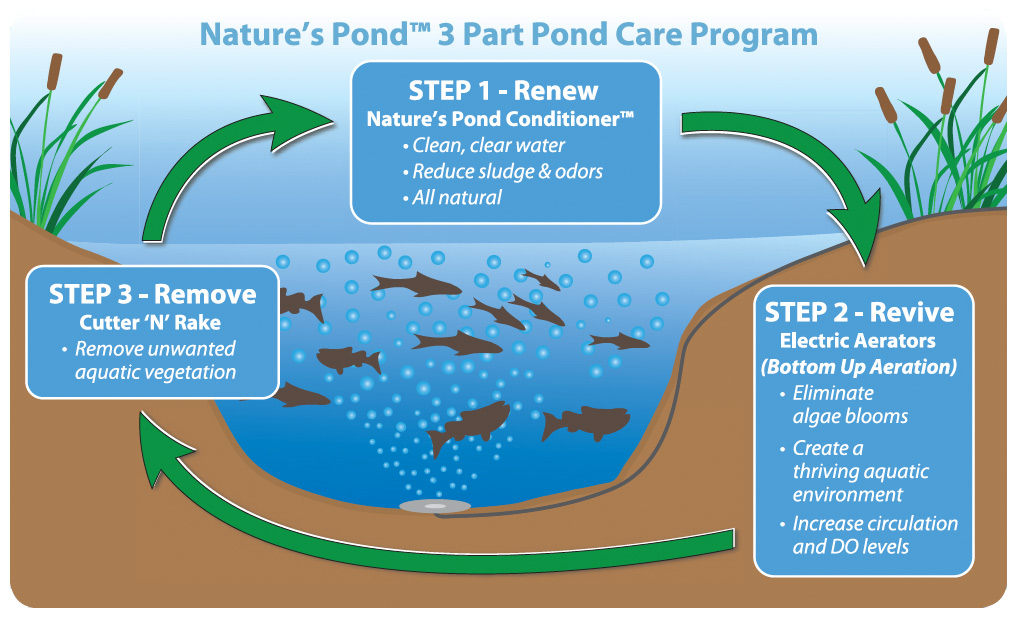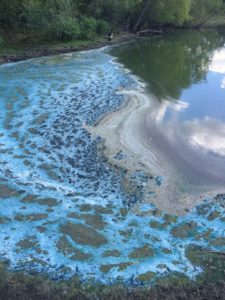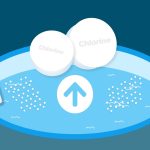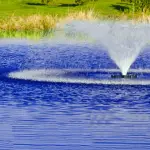Blue-green algae, also known as cyanobacteria, can quickly take over a pond, turning the water green and emitting a foul odor. Not only is it unsightly, but it can also harm fish and other aquatic life. In this article, we will discuss effective methods to get rid of blue-green algae in ponds.

Credit: www.naturespondcare.com
1. Increase Water Circulation
One of the most effective ways to combat blue-green algae is to increase water circulation in your pond. This can be achieved by installing a fountain, waterfall, or aerator. By keeping the water moving, you can prevent the buildup of stagnant water where algae thrives.
2. Add Aquatic Plants
Introducing aquatic plants such as water lilies, water hyacinth, and duckweed can help shade the pond and compete with blue-green algae for nutrients. These plants can also absorb excess nutrients in the water, depriving the algae of its food source.
3. Use Barley Straw
Barley straw is a natural and environmentally friendly way to control algae growth in ponds. Place barley straw bales or pellets in your pond, and as they decompose, they release compounds that inhibit the growth of blue-green algae.

Credit: aquaplant.tamu.edu
4. Maintain Proper Nutrient Levels
Blue-green algae thrives on excess nutrients such as phosphorus and nitrogen. To prevent algae blooms, avoid overfeeding fish and limit the use of fertilizers near the pond. Regularly test the water to ensure nutrient levels are within the optimal range.
5. Use Algaecides
If the blue-green algae problem persists, consider using algaecides specifically designed for controlling algae in ponds. Follow the instructions carefully and use the recommended dosage to avoid harming other aquatic life in the pond.
6. Perform Regular Water Changes
Regularly changing a portion of the pond water can help dilute excess nutrients and disrupt the growth of blue-green algae. Aim to change about 10-20% of the water every week to maintain water quality and prevent algae outbreaks.
7. Clean Debris and Organic Matter
Remove leaves, twigs, and other organic matter that accumulate in the pond, as they can contribute to nutrient buildup and provide a breeding ground for algae. Regular maintenance will help keep the pond clean and healthy.
8. Use Beneficial Bacteria
Beneficial bacteria products can help break down organic matter and reduce nutrient levels in the pond. These bacteria can outcompete blue-green algae for resources, promoting a healthier aquatic environment.
9. Provide Shade
Blue-green algae thrives in sunlight, so providing shade over the pond can help inhibit its growth. Plant trees or install shade sails to reduce the amount of direct sunlight reaching the water surface.
10. Monitor Water Quality
Regularly monitor the water quality parameters such as pH, oxygen levels, and temperature to ensure they are within the optimal range for fish and other aquatic life. Maintaining good water quality can help prevent algae outbreaks.
Conclusion
Blue-green algae can be a nuisance in ponds, but with proper maintenance and proactive measures, you can effectively control and prevent its growth. Implementing a combination of these strategies, such as increasing water circulation, adding aquatic plants, and using natural treatments, can help keep your pond clear and healthy for both you and your aquatic inhabitants.




